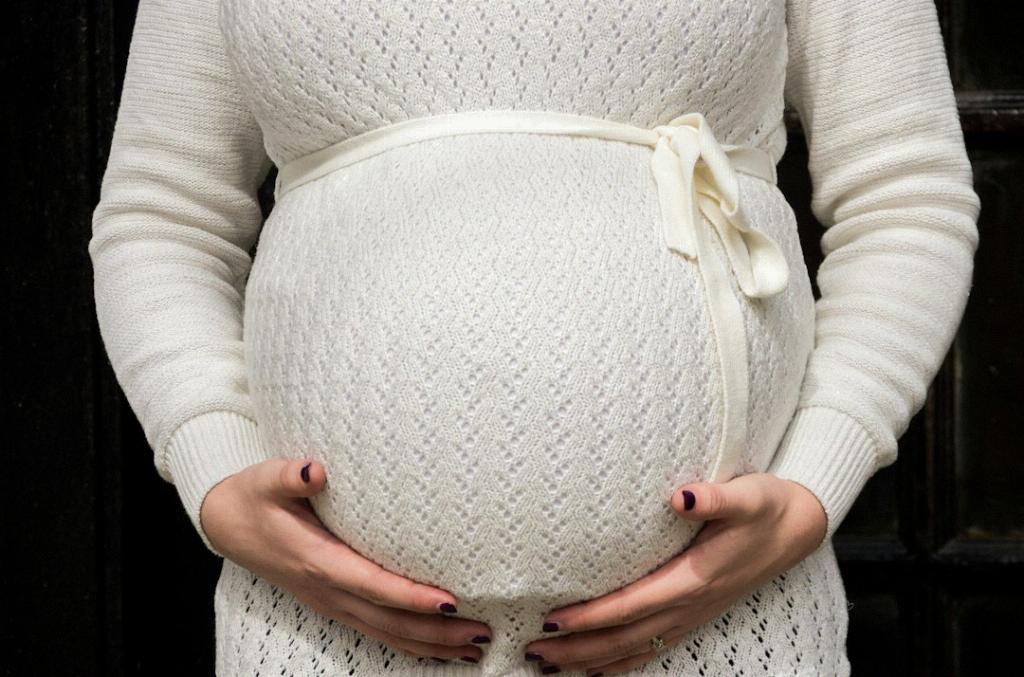When it comes to maternity leave in the Army, the new Army regulation for maternity leave introduces an important change through the implementation of the Expanded MPLP policy. This policy streamlines the process for soldiers and eliminates the requirement to submit a DA Form 4187/IPPS-A PAR for requesting “caregiver status.” This change in the regulation aims to simplify and expedite the process for eligible soldiers seeking parental leave.
Under the new Army regulation, both Birth Parent Soldiers and Non-birth Parent Soldiers are now entitled to a significant period of parental leave. Specifically, the policy allows for a generous 12-week (84-day) period of Parental Leave for eligible soldiers. This extended leave period recognizes the importance of bonding time for both parents and children and acknowledges the diverse family structures within the military community.
For Birth Parent Soldiers, the new policy ensures that they have the opportunity to take the full 12-week Parental Leave following the birth of their child. This provision is crucial as it allows Birth Parent Soldiers adequate time to recover from childbirth, bond with their newborn, and adjust to the new demands of parenthood. The regulation prioritizes the well-being of both the parent and the child during this crucial period.
Non-birth Parent Soldiers also benefit significantly from the new Army regulation for maternity leave. They are now granted the same 12-week Parental Leave period as Birth Parent Soldiers, recognizing the vital role they play in the care and upbringing of their children. This change promotes equality and inclusivity within the military community, ensuring that all parents have the necessary time to care for and nurture their children.
Another important aspect of the new Army regulation for maternity leave is the emphasis on flexibility and individual choice. The policy provides soldiers with the autonomy to decide how they want to allocate their Parental Leave period. This flexibility allows soldiers to tailor their leave to best meet the needs of their family situation, whether it involves taking the leave consecutively, intermittently, or in combination with other types of leave.
The Expanded MPLP policy reflects a progressive approach to parental leave within the Army, aligning with broader societal trends towards recognizing the importance of family and work-life balance. By offering an extended parental leave period, the new regulation demonstrates the Army’s commitment to supporting soldiers in their dual roles as military professionals and parents. This proactive stance contributes to the overall well-being and morale of the military community.
Moreover, the new Army regulation for maternity leave represents a step towards gender equality and inclusivity within the military ranks. By extending Parental Leave to Non-birth Parent Soldiers, the policy acknowledges and values the caregiving role of all parents, irrespective of gender. This inclusive approach fosters a more supportive and equitable environment for soldiers, encouraging a shared responsibility for child-rearing and family care.
In conclusion, the new Army regulation for maternity leave marks a significant milestone in recognizing and supporting the diverse needs of soldiers as parents. The implementation of the Expanded MPLP policy underscores the Army’s commitment to promoting family-friendly policies that prioritize the well-being and work-life balance of its personnel. By providing a comprehensive Parental Leave period for both Birth Parent Soldiers and Non-birth Parent Soldiers, the regulation ensures that soldiers have the necessary time and support to nurture and care for their families, contributing to a stronger and more resilient military community.

